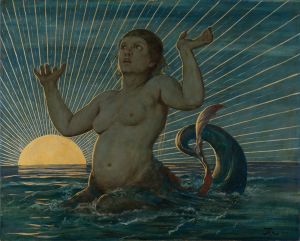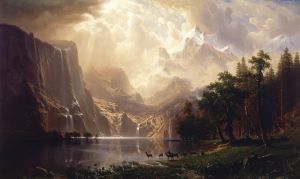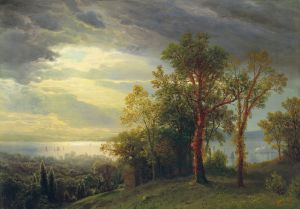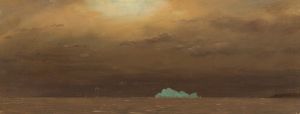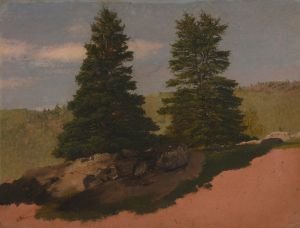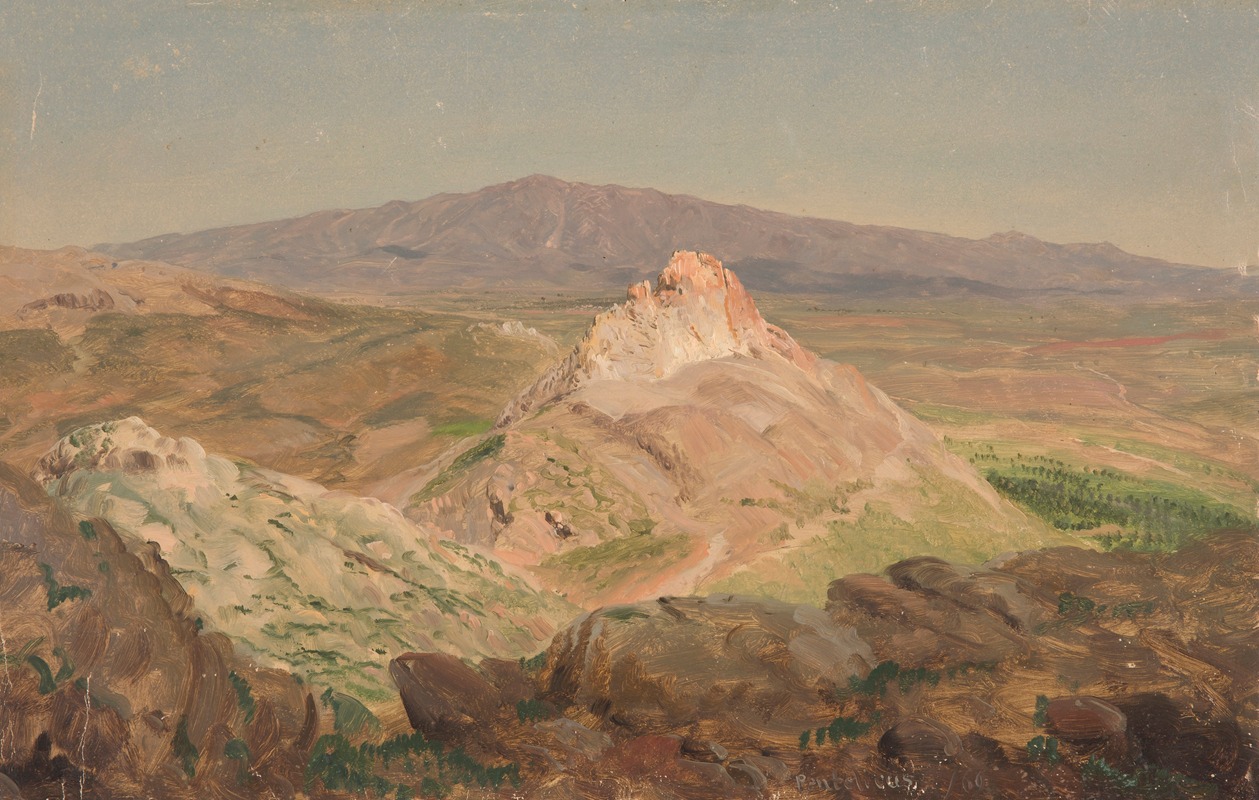
Mount Pentelicus
A hand-painted replica of Frederic Edwin Church’s masterpiece Mount Pentelicus, meticulously crafted by professional artists to capture the true essence of the original. Each piece is created with museum-quality canvas and rare mineral pigments, carefully painted by experienced artists with delicate brushstrokes and rich, layered colors to perfectly recreate the texture of the original artwork. Unlike machine-printed reproductions, this hand-painted version brings the painting to life, infused with the artist’s emotions and skill in every stroke. Whether for personal collection or home decoration, it instantly elevates the artistic atmosphere of any space.
"Mount Pentelicus" is a painting by the renowned American landscape artist Frederic Edwin Church, who was a central figure in the Hudson River School, a mid-19th century American art movement known for its detailed, romantic portrayals of the American landscape. Church is celebrated for his ability to capture the grandeur of nature, and his works often reflect his extensive travels and keen interest in natural sciences.
Frederic Edwin Church was born on May 4, 1826, in Hartford, Connecticut. He studied under Thomas Cole, the founder of the Hudson River School, and quickly developed his own style characterized by meticulous attention to detail and dramatic use of light and shadow. Church's paintings often depict expansive landscapes, capturing the sublime beauty of nature with an almost photographic realism.
"Mount Pentelicus" is one of Church's works that reflects his interest in landscapes beyond the American continent. The painting depicts Mount Pentelicus, a mountain range in Attica, Greece, known for its fine marble, which was used in the construction of many ancient Greek structures, including the Parthenon. The mountain is situated northeast of Athens and has been a significant site throughout history due to its natural resources and strategic location.
Church's depiction of Mount Pentelicus is consistent with his style of capturing the essence and atmosphere of a place. While specific details about the creation and exhibition history of "Mount Pentelicus" are limited, it is known that Church traveled extensively during his lifetime, drawing inspiration from various landscapes around the world. His travels to South America, Europe, the Middle East, and the Arctic provided him with a wealth of material that he translated into his art.
The painting likely reflects Church's fascination with the interplay of light and landscape, a hallmark of his work. His ability to render the effects of light with precision and emotion is evident in many of his paintings, where he often captures the momentary and transient effects of natural illumination. This skill is part of what makes Church's landscapes so compelling and evocative.
Church's works, including "Mount Pentelicus," are celebrated for their ability to evoke a sense of wonder and appreciation for the natural world. His paintings are not merely representations of geographical locations but are imbued with a sense of the sublime, inviting viewers to contemplate the beauty and majesty of nature.
Frederic Edwin Church passed away on April 7, 1900, but his legacy endures through his contributions to American art and his influence on landscape painting. His works continue to be studied and admired for their technical brilliance and their ability to capture the spirit of the natural world.
While "Mount Pentelicus" may not be as widely known as some of Church's other masterpieces, it remains a testament to his skill as a landscape artist and his enduring fascination with the diverse and beautiful landscapes of the world.






![Medinet Abou [Medinet Habu], Thebes. Dec. 5th, 1832.](/imgs/217510/s/david-roberts-medinet-abou-medinet-habu-thebes-dec-5th-1832-9c2109da.jpg)
